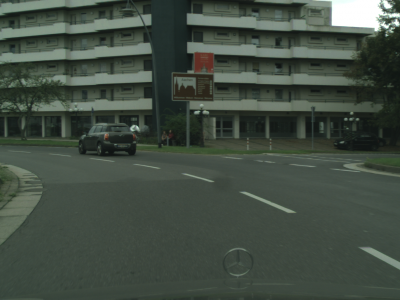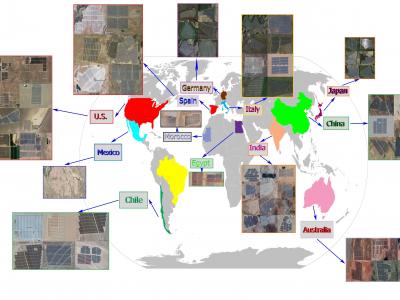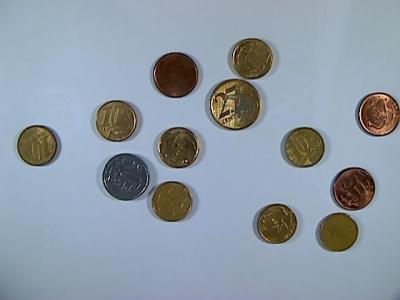Computer Vision
This Dataset contains "Pristine" and "Distorted" videos recorded in different places. The
distortions with which the videos were recorded are: "Focus", "Exposure" and "Focus + Exposure".
Those three with low (1), medium (2) and high (3) levels, forming a total of 10 conditions
(including Pristine videos). In addition, distorted videos were exported in three different
qualities according to the H.264 compression format used in the DIGIFORT software, which were:
High Quality (HQ, H.264 at 100%), Medium Quality (MQ, H.264 at 75%) and Low Quality
- Categories:
 1250 Views
1250 ViewsThe PRIME-FP20 dataset is established for development and evaluation of retinal vessel segmentation algorithms in ultra-widefield (UWF) fundus photography (FP). PRIME-FP20 provides 15 high-resolution UWF FP images acquired using the Optos 200Tx camera (Optos plc, Dunfermline, United Kingdom), the corresponding labeled binary vessel maps, and the corresponding binary masks for the valid data region for the images. For each UWF FP image, a concurrently captured UWF fluorescein angiography (FA) is also included.
- Categories:
 3881 Views
3881 Views
Dataset asscociated with a paper in IEEE Transactions on Pattern Analysis and Machine Intelligence
"The perils and pitfalls of block design for EEG classification experiments"
DOI: 10.1109/TPAMI.2020.2973153
If you use this code or data, please cite the above paper.
- Categories:
 1715 Views
1715 Views
- Categories:
 409 Views
409 ViewsCityscapes a new large-scale dataset that contains a diverse set of stereo video sequences recorded in street scenes from 50 different cities, with high quality pixel-level annotations of 5 000 frames in addition to a larger set of 20 000 weakly annotated frames. The dataset is thus an order of magnitude larger than similar previous attempts. Details on annotated classes and examples of our annotations are available at https://www.cityscapes-dataset.com/dataset-overview/#features.
- Categories:
 186 Views
186 ViewsExtracting the boundaries of Photovoltaic (PV) plants is essential in the process of aerial inspection and autonomous monitoring by aerial robots. This method provides a clear delineation of the utility-scale PV plants’ boundaries for PV developers, Operation and Maintenance (O&M) service providers for use in aerial photogrammetry, flight mapping, and path planning during the autonomous monitoring of PV plants.
- Categories:
 1466 Views
1466 Views
Detection results of the CircleNet with all test dataset with 1826 images
- Categories:
 113 Views
113 Views
The study of mouse social behaviours has been increasingly undertaken in neuroscience research. However, automated quantification of mouse behaviours from the videos of interacting mice is still a challenging problem, where object tracking plays a key role in locating mice in their living spaces. Artificial markers are often applied for multiple mice tracking, which are intrusive and consequently interfere with the movements of mice in a dynamic environment.
- Categories:
 208 Views
208 ViewsA custom made multispectral camera was used to collect a novel dataset of images of untreated lettuce leaves or leaves treated with vinegar, oil, or a combination of these. The camera captured image data at 10 wavelengths ∈[380nm,980nm] across the electromagnetic spectrum in the visible and NIR (near-infrared) regions. Imaging was done in a lab environment with the presence of ambient light.
- Categories:
 480 Views
480 ViewsThis dataset is a collection of images and their respective labels containing examples of multiple Brazilian coins, the primary purpose is to support the development of Computer Vision techniques for automatic detection of such objects, i.e., localization and classification tasks.
- Categories:
 1458 Views
1458 Views



